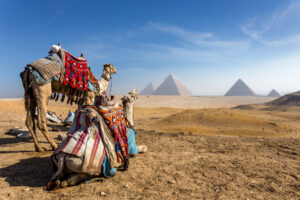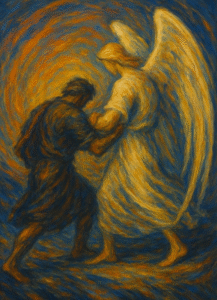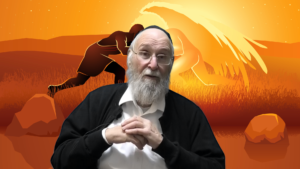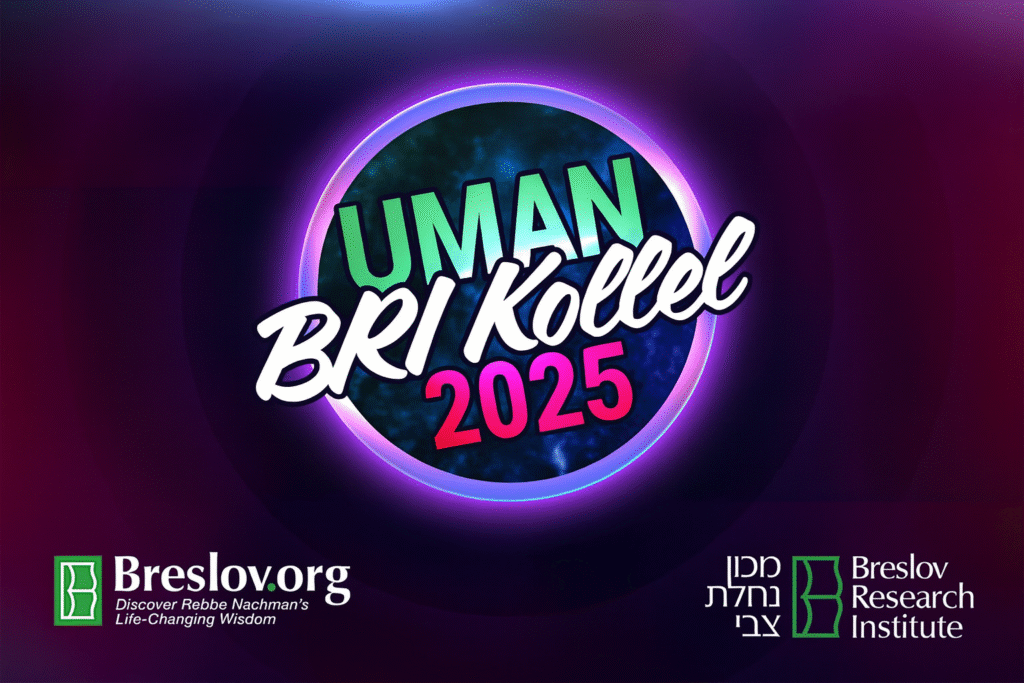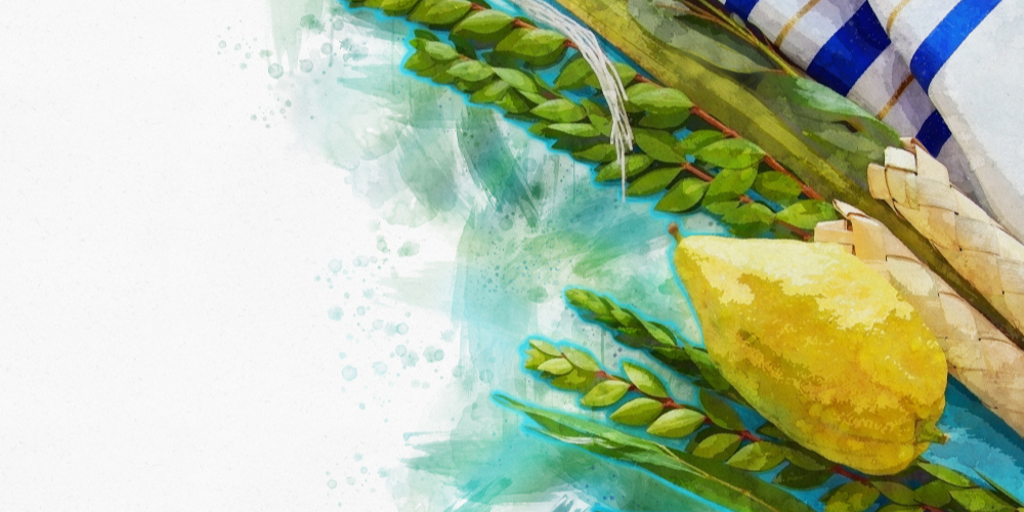- Faith ⬦ Read ⬦ Shabbat ⬦ Weekly Torah Portion
There Are Secrets Hidden in the Food! – Parshat Shemini
It’s not for nothing that cookbooks often have titles like: “Secrets from the Kitchen.” There really are secrets in the food. Yes. There are secrets hidden in the food. Not just secrets, but things that are top secret. There are some foods that we are allowed to eat and others that are forbidden to eat, and then there is the reason why. Let’s learn about the inner essence of the pure animals that are permissible to eat and the internal reasons for what we are not allowed to eat, because there is definitely a great deal of significance to what we eat. This is the message of this week’s Torah portion.
This week’s Torah portion is Parshat Shemini. There are several issues covered in this parsha. In our discussion on Parshat Shemini last year, we addressed the issue of the construction of the Mishkan (Tabernacle) and the death of the two sons of Aharon. This year, we will address another central topic in the parsha: what is permissible and forbidden to eat among the different species of animals, birds, and fish.
We will open with an important teaching from the holy Rebbe Levi Yitzchak of Berditchov, zt”l. The Torah starts off the topic of the commandments regarding pure and unclean animals with: “And G-d spoke to Moses and Aharon saying to them, “Speak to the Jewish people, saying…” (Leviticus 11: 1-2). The Kedushat Levi asks, “We know that every word in the Torah is measured and precise. There are no unnecessary words. If so, then to whom was HaKadosh Baruch Hu referring when He said to Moses and Aharon, speak to the Jewish people, “saying”? After all, Moses and Aharon would speak to the Jewish people and teach them about the permitted and forbidden animals. What then does the word “saying” mean, as if the Jewish people had to say this to someone else?
The Kedushat Levi responds with a wonderful idea: When Yocheved gave birth to Moses, she placed him in a basket in the Nile river to save him from the Egyptians. Batyah, Pharaoh’s daughter, discovered Moshe crying in the Nile, and she took pity on him and asked Egyptian wetnurses to feed Moses. Rashi quotes from the Midrash: “This teaches [us] that she had taken him around to many Egyptian women to nurse, but he did not nurse because he was destined to speak with the Shechinah (Rashi on Exodus 2:7). Similarly, the Kedushat Levi explains: “The prophet says, “And it shall come to pass afterwards that I will pour out My spirit upon all flesh, and your sons and daughters shall prophesy” (Joel 3:1), for in the future, HaKadosh Baruch Hu will speak with every Jew as He spoke with Moses. If so, then surely everyone who is destined to speak directly with the Shechinah should be careful not to eat tameh (ritually impure) foods. Thus, G-d said to Moses and Aaron: “Speak to the Jewish people, saying.” His intention was: I am supposed to speak with each and every one of them, so just as Moses did not want to nurse from the Egyptian women since he was going to speak with the Shechinah, so too should everyone be careful not to eat forbidden foods. Therefore, warn them “these are the animals that you may eat” (Kedushat Levi, ibid.).
Let us return to the matter of the signs of purity in behemot—domestic animals, and chayot—wild animals:
The Torah lists the pure animals and gives clear signs regarding them. This are animals that “chew their cud” and have “split hoofs” (Leviticus 11:3). We will jump ahead and say that Rebbe Nachman reveals that the main purpose of Creation was to reveal the pride that God has in every Jew. In general, all of Creation was to reveal the pride that G-d takes in the Nation of Israel, and in particular, every detail in Creation corresponds to the pride He has from every Jew. And regarding the fine details, every detail was created to correspond to the details of the particular pride of each Jew individually. The Tzaddik always seeks and searches to reveal the Will of G-d, may He be blessed, in everything in creation, whether it be domem—mineral, tzomeach—vegetable, chai—animal, or medaber—human (literally, “speaking”). And he reveals this through discovering the pride that is in each and every Jew, and by this, he can know the Will of HaKadosh Baruch Hu regarding everything in Creation and in every detail of the Creation, and even in all the finest details of Creation (Likutei Moharan 17:1).
If so, then surely everyone who is destined to speak directly with the Shechinah should be careful not to eat tameh (ritually impure) foods!
It is amazing to see how Rabbi Nachman—and in the same vein, also the words of his student Rabbi Natan—endeavored to reveal the Will of the Creator and revealed deep secrets about the Creation on the levels of mineral, vegetable, animal and human as they are revealed in our parsha:
Rabbi Natan teaches: It is known that behemot and chayot (domestic and wild animals) which are pure are the aspect of “klippat nogah” an impure spiritual force comprised of both good and evil. It is known in the Kabbalah that there are four klippot, three of which are totally impure and completely evil, while the fourth klippah, “nogah,” is an admixture of good and evil. It can therefore be part of the realm of evil and also draw good into the realm of evil, G-d forbid. And vice versa: it can raise up the evil and fix it since it is also included in the good (see Likutei Moharan I, 19).
Rabbi Natan continues along this line and teaches that this is why one of the signs of a pure animal is that it “chews its cud.” The idea is that everything in creation has nitzotzot shel kedushah, sparks of holiness, that is, sparks of holy souls who fell from their levels. The holiest souls exist in the highest world of medaber, but they can fall from there to the level of chai, or even lower than that to the level of tzomeach. When a chai—animal eats tzomeach—vegetation, the sparks are raised up from the level of tzomeach to the level of chai, which is on a higher level—but it is still on a lower level than medaber, a human.
And here is the difference between a pure and unclean animal: because a pure animal symbolizes klippat nogah, which is a mixture of good and evil, when a pure animal eats tzomeach—vegetation which contains netzotzot—sparks of souls that fell from the level of medaber to the level of tzomeach, these soul-sparks are no longer trapped in compete evil. They still “remember” what their original level of soul was, and they aspire to return to the level of “medaber.” Therefore, the food, which is actually holy sparks of holy souls that fell into the world of tzomeach, return again and again from the animal’s belly towards the neck and mouth because they strive to return to the level of “medaber” and the ability to speak, which of course, comes from the area of the neck and the mouth.

Through the power of eating, a person can praise G-d!
On the other hand, sparks that fell to the level of tzomeach and are unfortunately eaten by a chaya tameihah, an unclean animal, are very difficult to raise back to the level of a “medaber” because they become trapped deep within the prison of tumah—impurity, as stated in the verse: “G-d delivered me into the hands of those I could not withstand” (Lamentations 1:14). Therefore, unclean animals do not chew their cud since the soul-sparks are stuck deep in the impurity and do not progress back to the level of “medaber.”
On the other hand, human beings also do not chew their cud, and this hints that when a Jew eats and he encounters soul-sparks that have fallen to the level of tzomeach, he has the power to raise up these sparks. This is because through the power of eating, a person can praise G-d, as it is written: “And you shall eat…and you shall praise the Name of G-d” (Joel 2:26). Therefore, when a Jew eats in holiness, he raises the sparks back to the level of a “medaber” and thus brings them to their rectification.
The second sign of purity is a “split hoof” on the foot of the animal. The main force of stability that a person has comes through his mind. Therefore, a person walks upright, unlike an animal which walks bent over on all fours. And also, the essence of man’s speech comes from his mind, and this is essentially that which differentiates between a “medaber”—a person (literally, “one who can speak”) and a chaya, an animal—the power of speech and the fact that he walks upright on his feet. The proof of this is that a person who is drunk and whose mind is not clear cannot walk upright and will often have imperfect (slurred) speech.
Therefore, also here, the difference between pure animals and unclean animals is evident. The pure animals have split hooves. Even though they do not walk on two leg like humans, there is still an enlightenment of mind which comes from the type of souls which are found in them. And the vitality of these souls causes their feet to separate apart, and therefore they have split hoofs
On the other hand, the souls who end up being subjugated in tameh animals, become entrapped there and do not have the ability to break out, and it is very difficult to enlighten them, so the legs of the unclean animals remain unsplit—closed.
(Based on Likutei Halachot, Simanei Behamah V’Chayah Tehorim 1)
- breslevBreslovcookbooksCreationdomestic animalsemunahfaithfeaturedimpure animalsimpure foodimpure spiritual forceJewishjudaismklippahklippat nogahMishkanParshaparshat sheminiprayerpure animalsRabbi Levi Yitzchak of BerditchevReb NosonRebbe NachmanSecrets from the Kitchen.TabernacleThe Kedushat LeviTorahTzaddikimwild animals
- 0 comment







